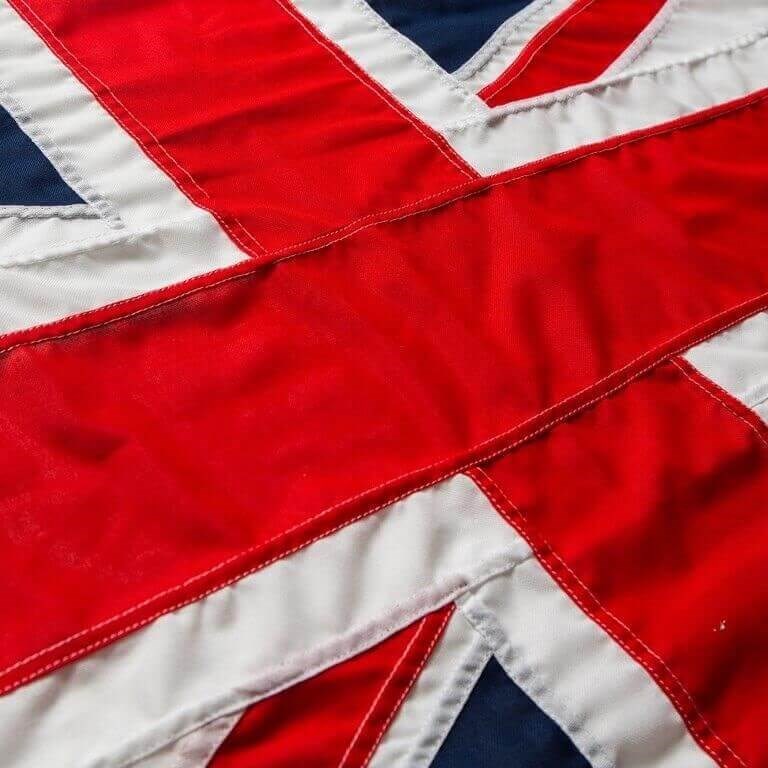All of our printed Philippines flags are made by a process called Dye Sublimation. This process impregnates the fibres of the fabric, the result is a flag that has very accurate colour, and importantly the design appears clearly on both sides of the flag. This is known as ‘printed through to reverse’ and is an important consideration when choosing your flag as both sides will be seen when flying.
Trivia
Technical Specifications
| Adopted | 12th June 1898 |
|---|---|
| Proportion | 1:2 |
| Design | A blue-red horizontal bicolour with a white horizontal bicolour, gold sun with 8 rays and three five-pointed stars at each corner of the triangle. |
| Colours | Blue: 286 Red: 186 Yellow:116 |
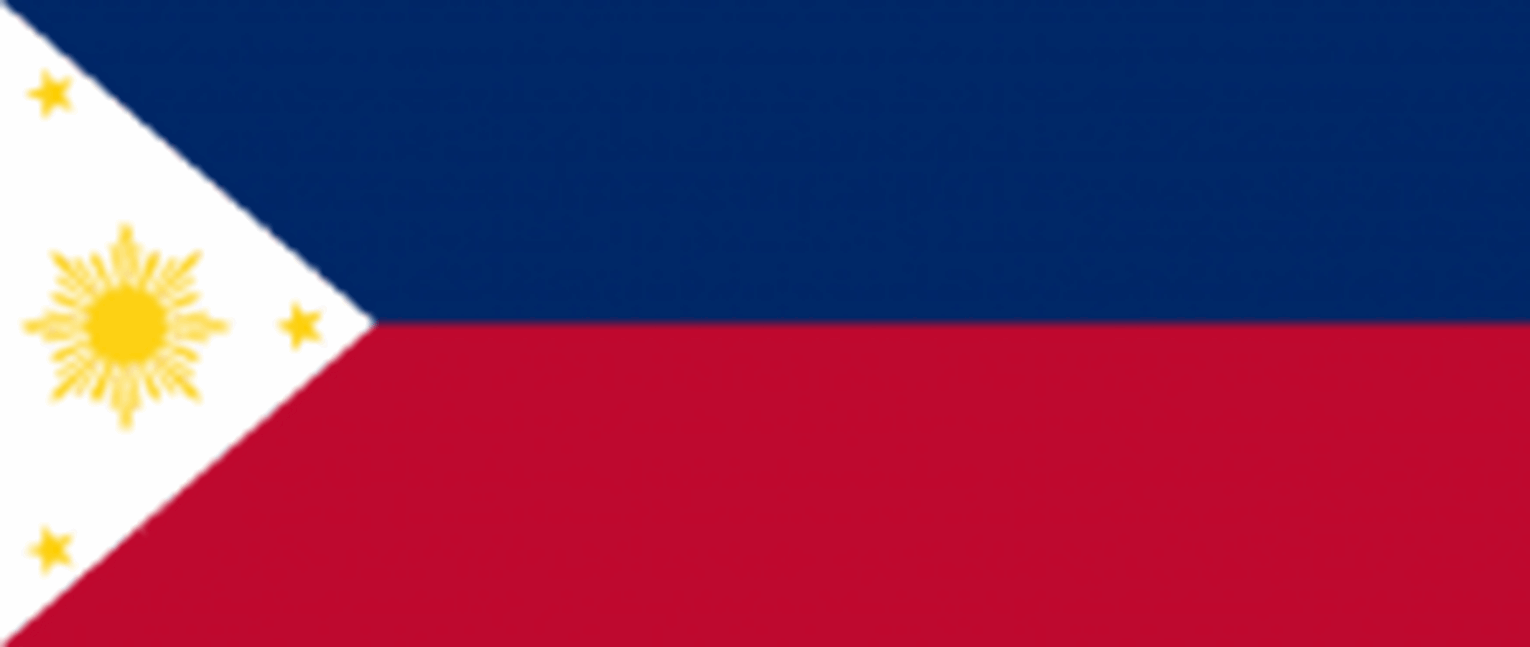
Brief History
One of the first flags flown in the Philippines was the simple triangular flag of the Tondo Dynasty. In southern Philippines was the Sultanate of Maguindanao and a yellow field was the flag.

The Flag of the Tondo Dynasty (Around 1570)

The Flag of the Sultanate of Maguindanao (1500 – 1888)
In 1535 the Cross of Burgundy was flown in the Philippines as the flag of New Spain. The flag featured a white field with two diagonal lines representing two pruned branches. In 1730 the King Felipe V flag made up of a white field with royal coat of arms was adopted as the flag of Spanish East Indies.
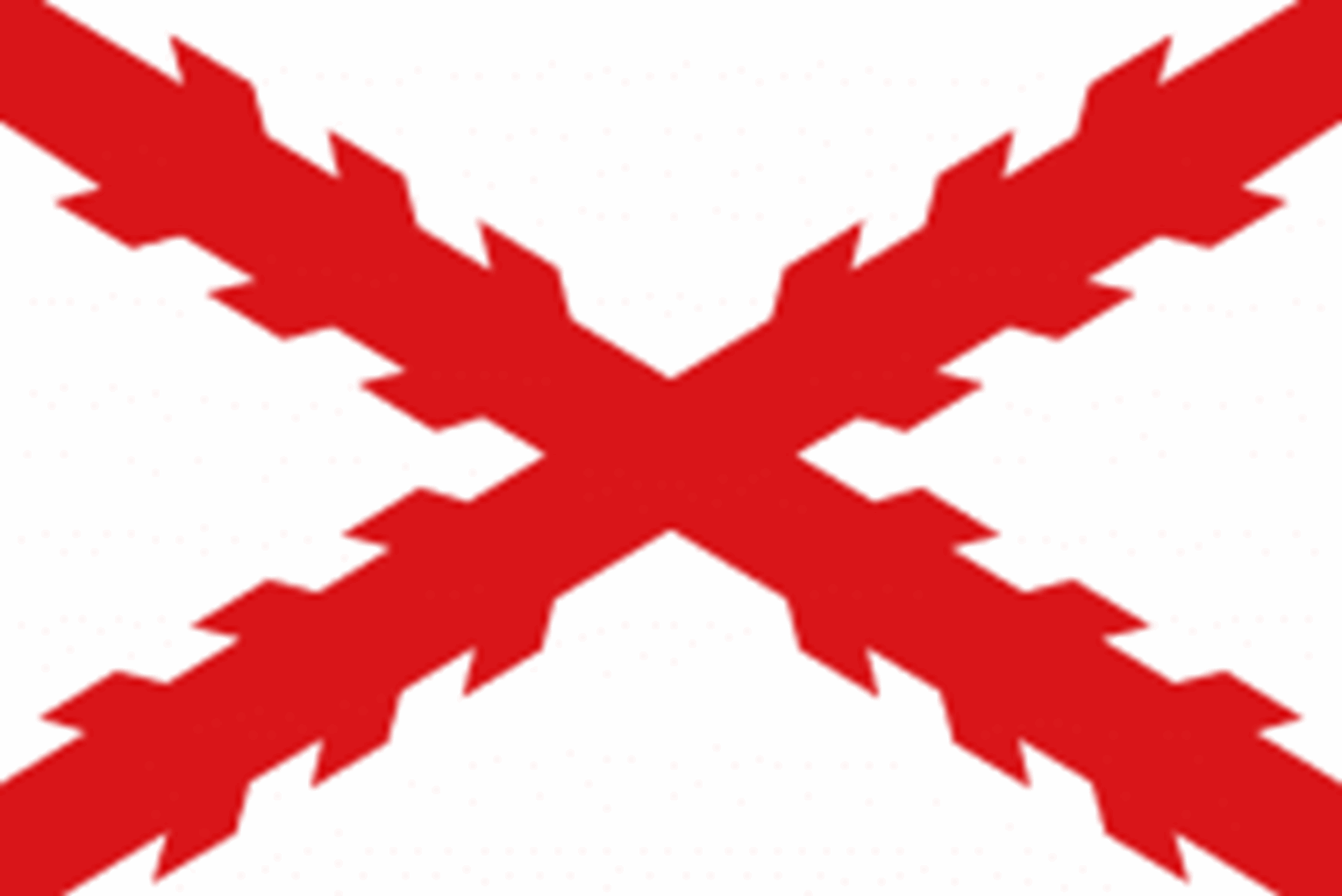
The Cross of Burgundy (1535 – 1730)

The Flag of the Spanish East Indies (1730 – 1761)
When the grandson of the king, King Carlos III gained power the coat of arms of the flag was altered from a shield to an oval.
In 1762 the British occupied Manila and Cavite. The flag of the British East India Company was adopted as the de-facto flag. The flag features thirteen alternating red and white stripes with the Union Flag top left.
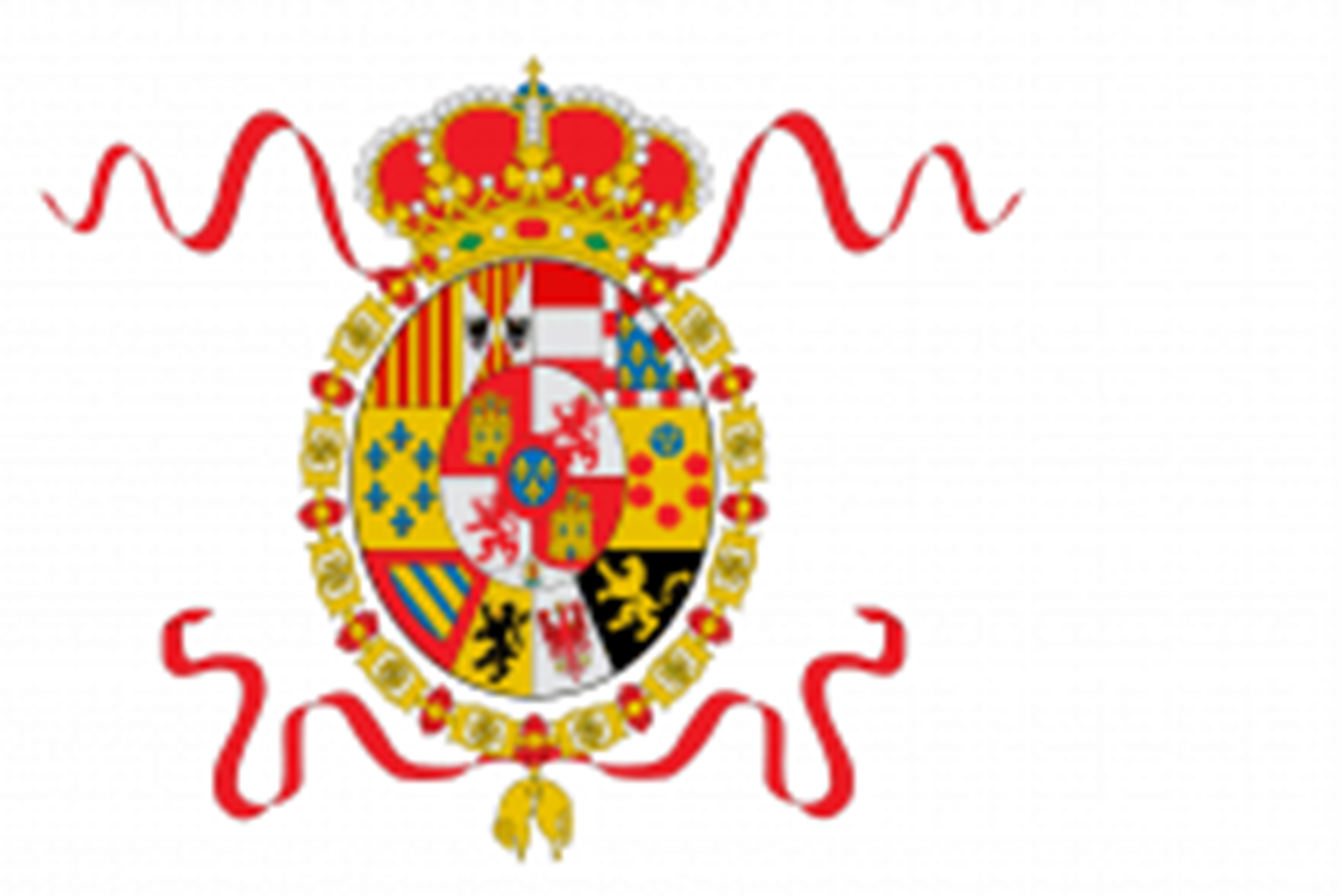
The Flag of the Spanish East Indies (1761 – 1785)

The Flag of the British East India Company (1762 – 1764)
In 1785 The Spanish Indies Flag changed to a red-yellow-red horizontal banded flag with a crowned coat of arms split into a red portion with a gold tower and a white portion red lion.
When Spain became a Republic in 1873 the crown was removed from the flag and the crown reinstated in 1874.
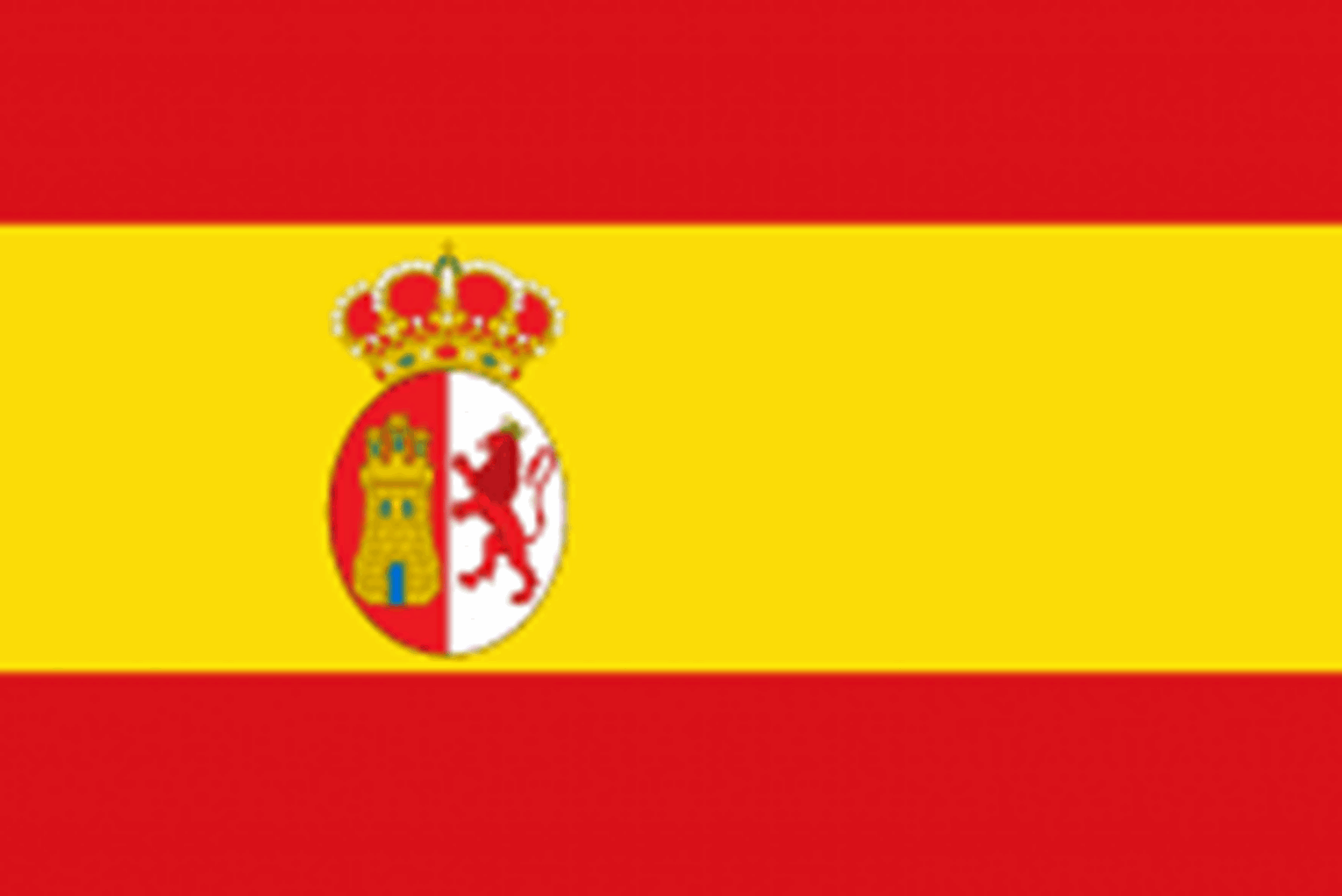
The Flag of the Spanish East Indies (1785 – 1873) (1874 – 1898)
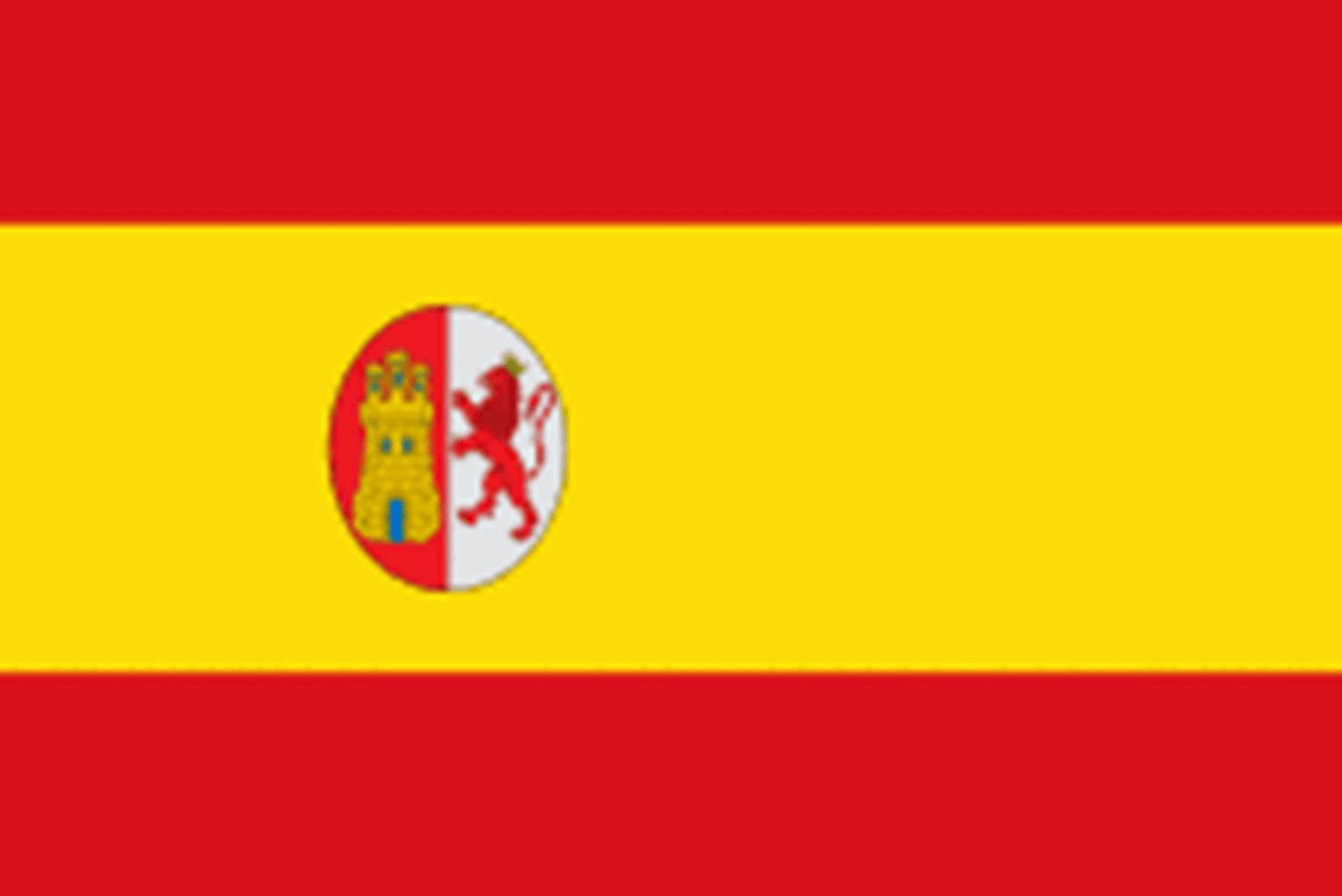
The Flag of the Spanish East Indies (1873 – 1874)
The Philippines gained independence in 1897 and a revolution flag made of a red field with red faced white sun and white rays. A year later the President Emilio Aguinaldo designed a new flag for the Philippines. It was a blue and red bicolour with white triangle, golden mythical faced sun and text and laurel branches in the centre. There was also a variant of the flag with a lighter blue field and more golden sun without the text or laurel branches.
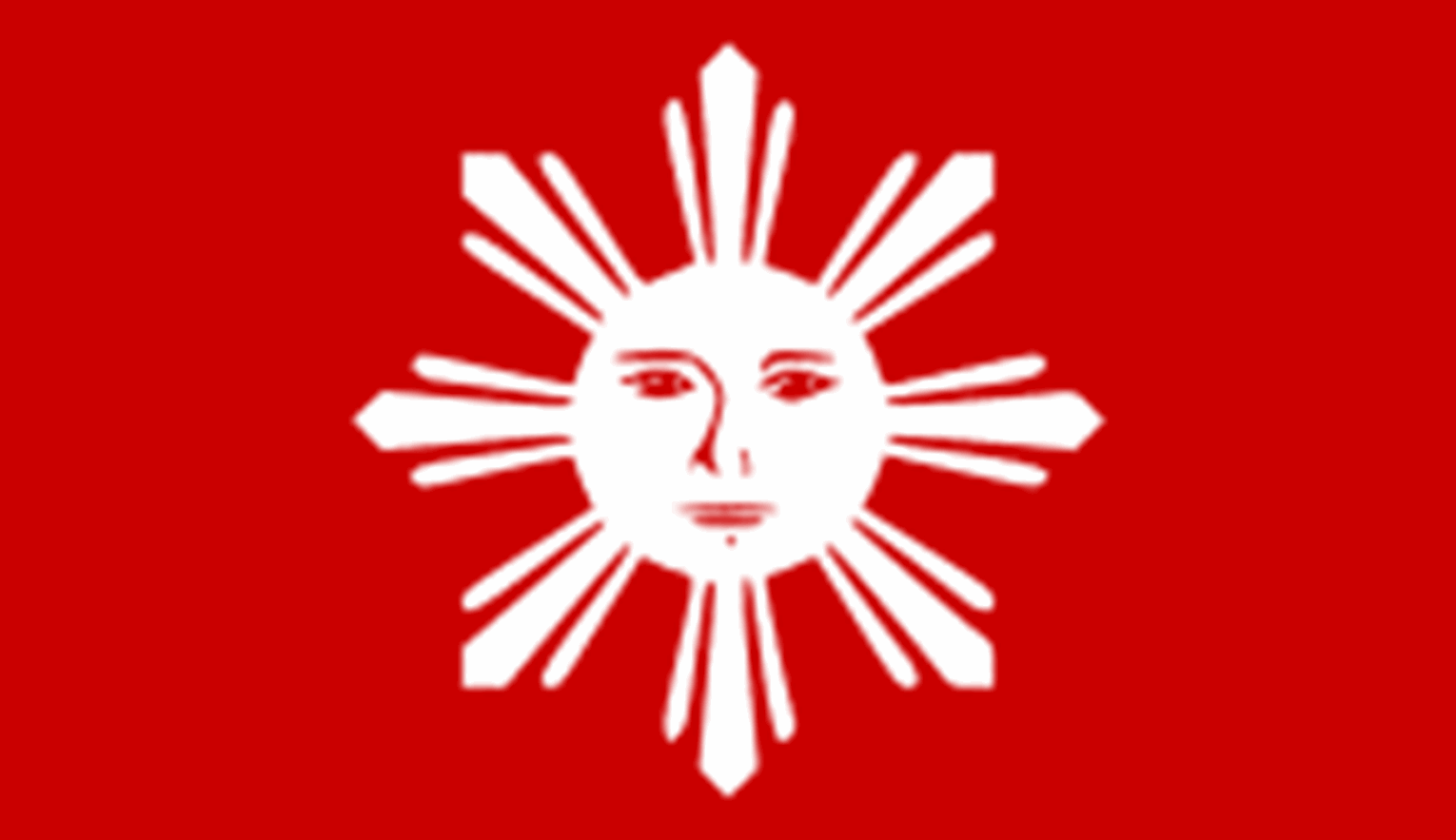
The First Flag of the Philippine Republic (1897 – 1898)
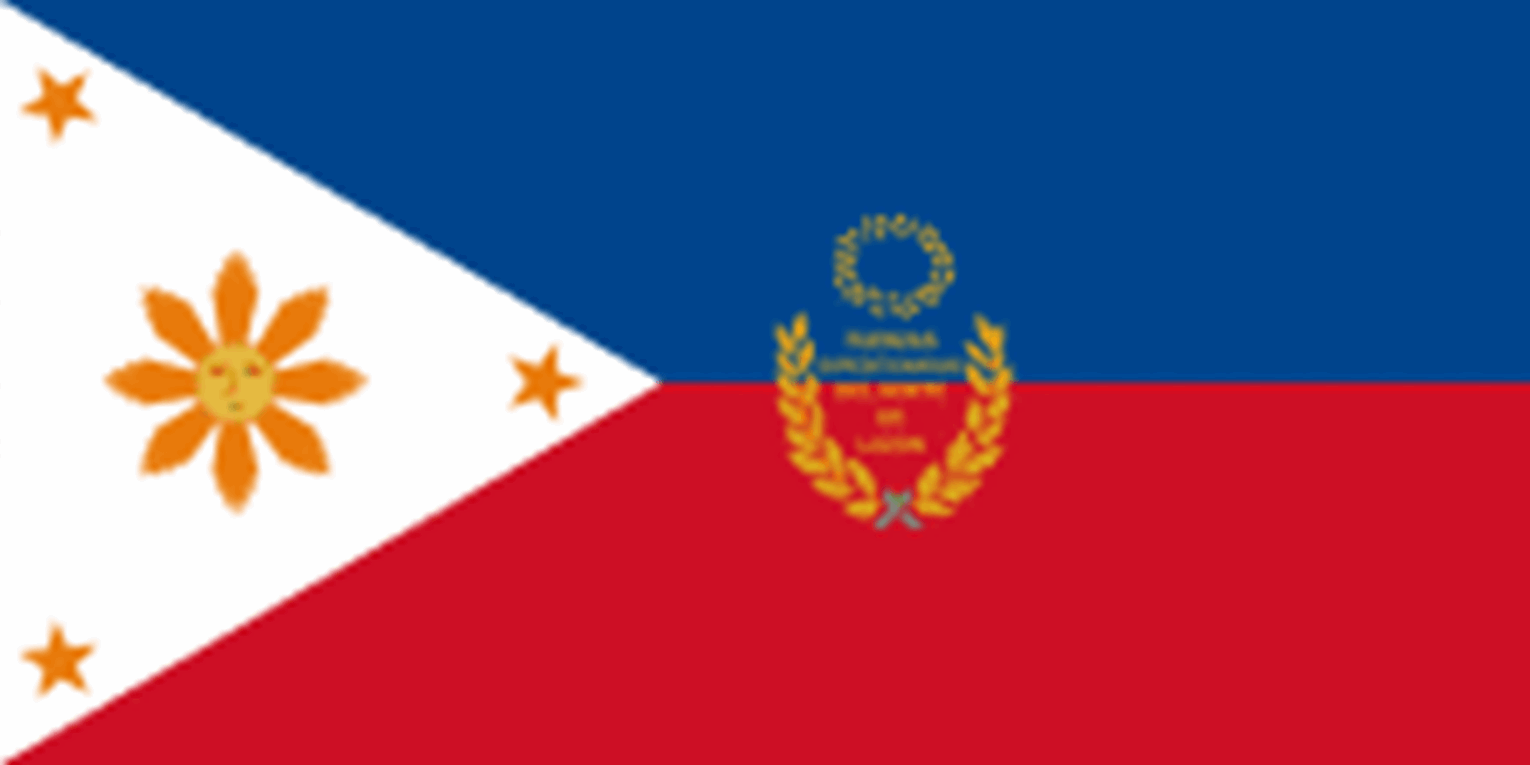
The Flag of the Philippine Republic (1898 – 1901)
In 1989 the Country became under the administration of the United States of America and the flag of the republic was banned. The American flag was adopted with 13 alternating red and white stripes with blue rectangle and 45 white five-pointed stars.

The Flag of the First Republic of the Philippines (1898 – 1901)
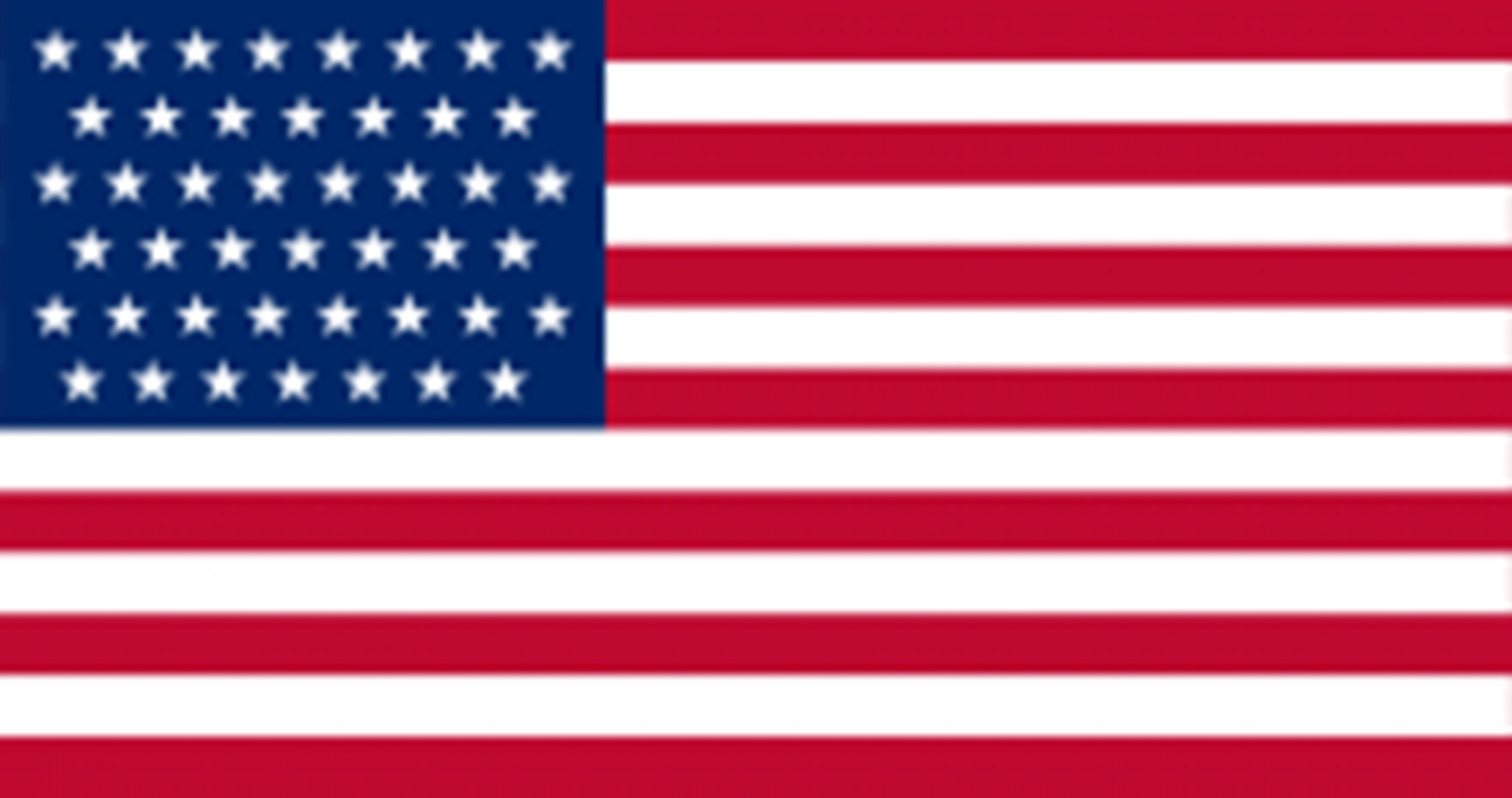
The Flag of the United States of America (1898 – 1908)
As each new state was added to America a new star was added to the flag. In 1912 the flag had 48 stars as Arizona and New Mexico were added. In 1919 a modified Flag of the Philippines was reinstated with a darker blue band and no face on the sun.
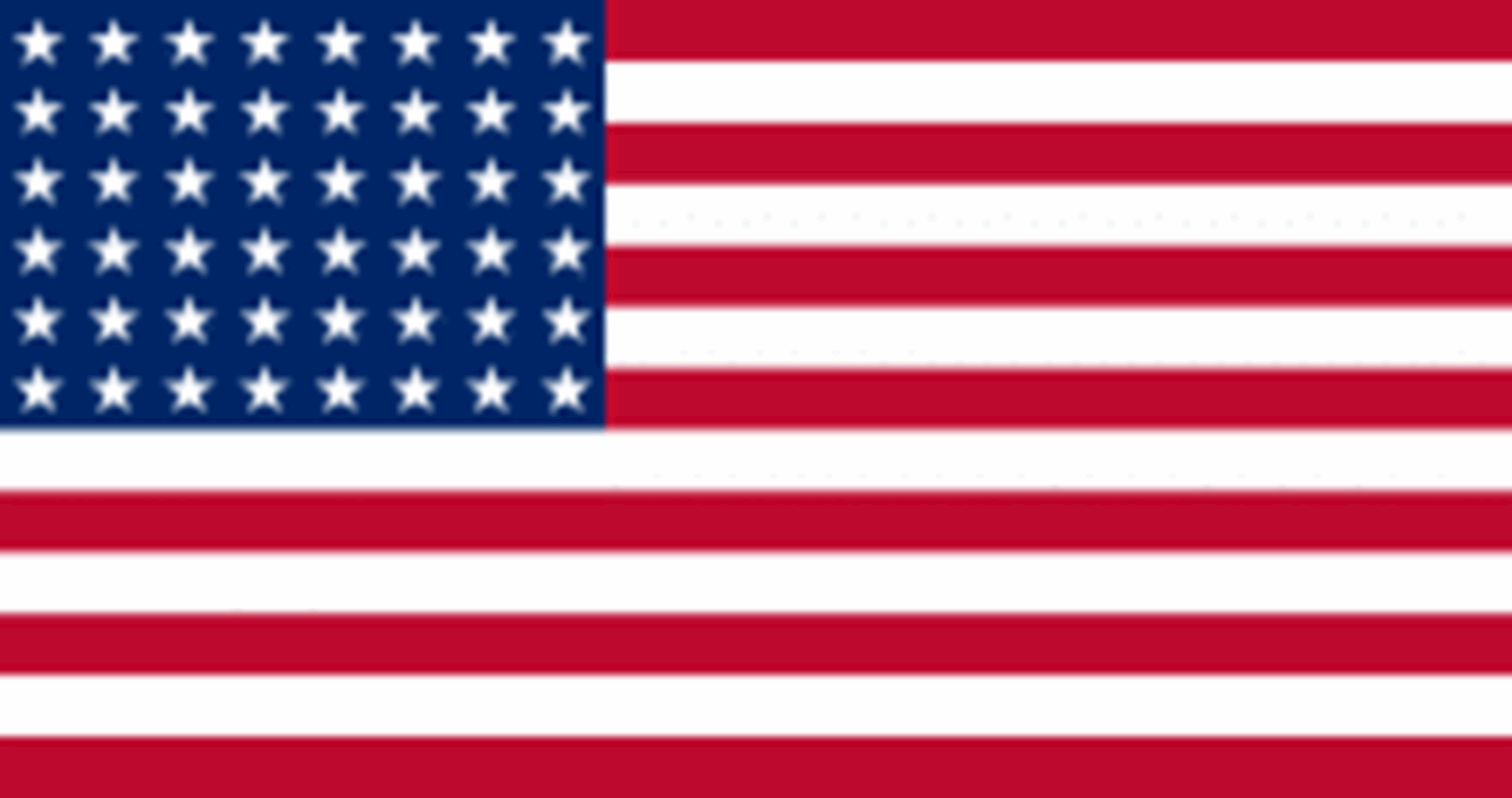
The Flag of the United States of America (1912-1919)

The Flag of the United States of America (1912-1919)
In 1936 the white triangle on the flag was elongated. The Japanese invaded the country in 1942 and the white field with red sun was the only flag allowed to be flown.
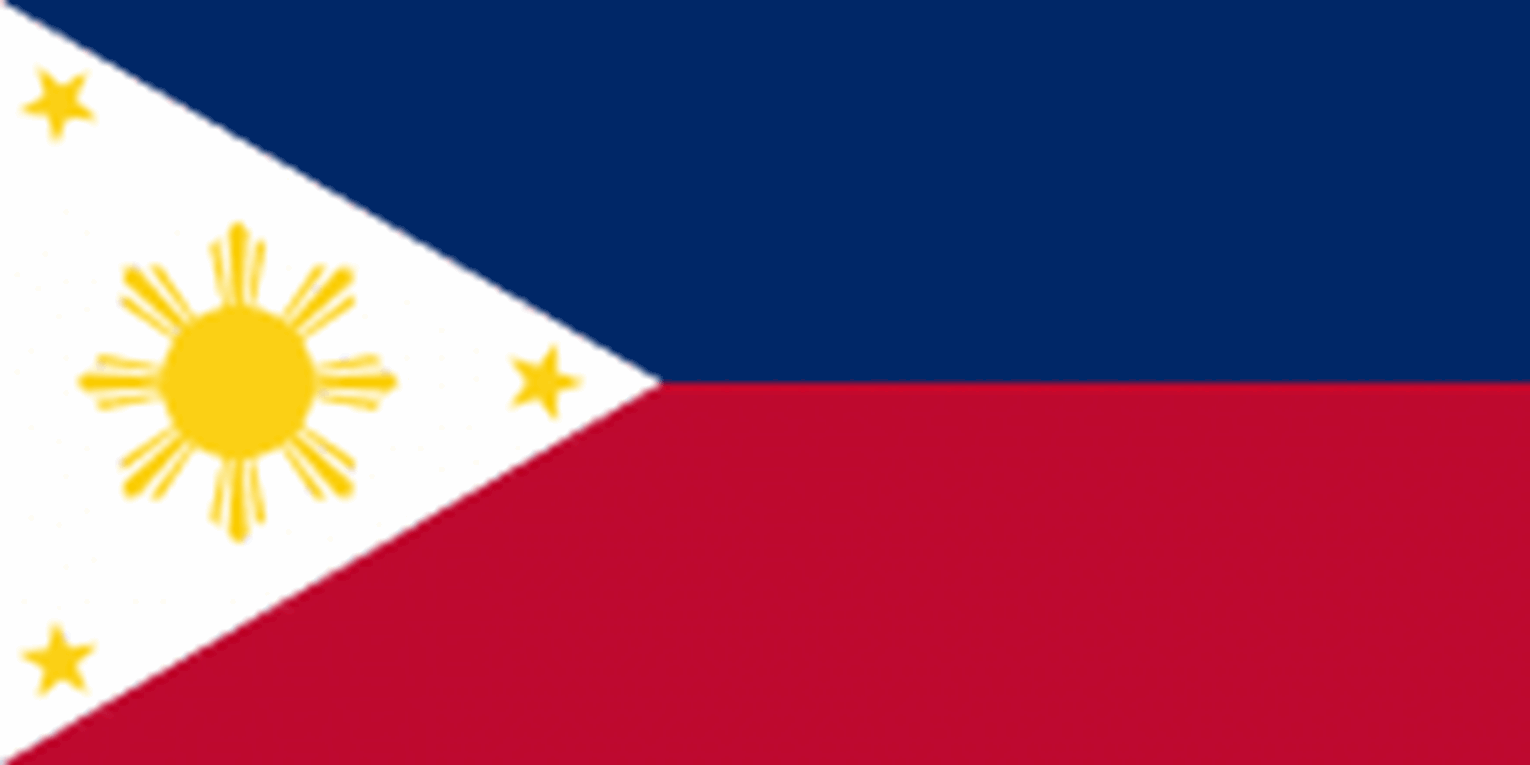
The Flag of the Philippines (1936 – 1946)
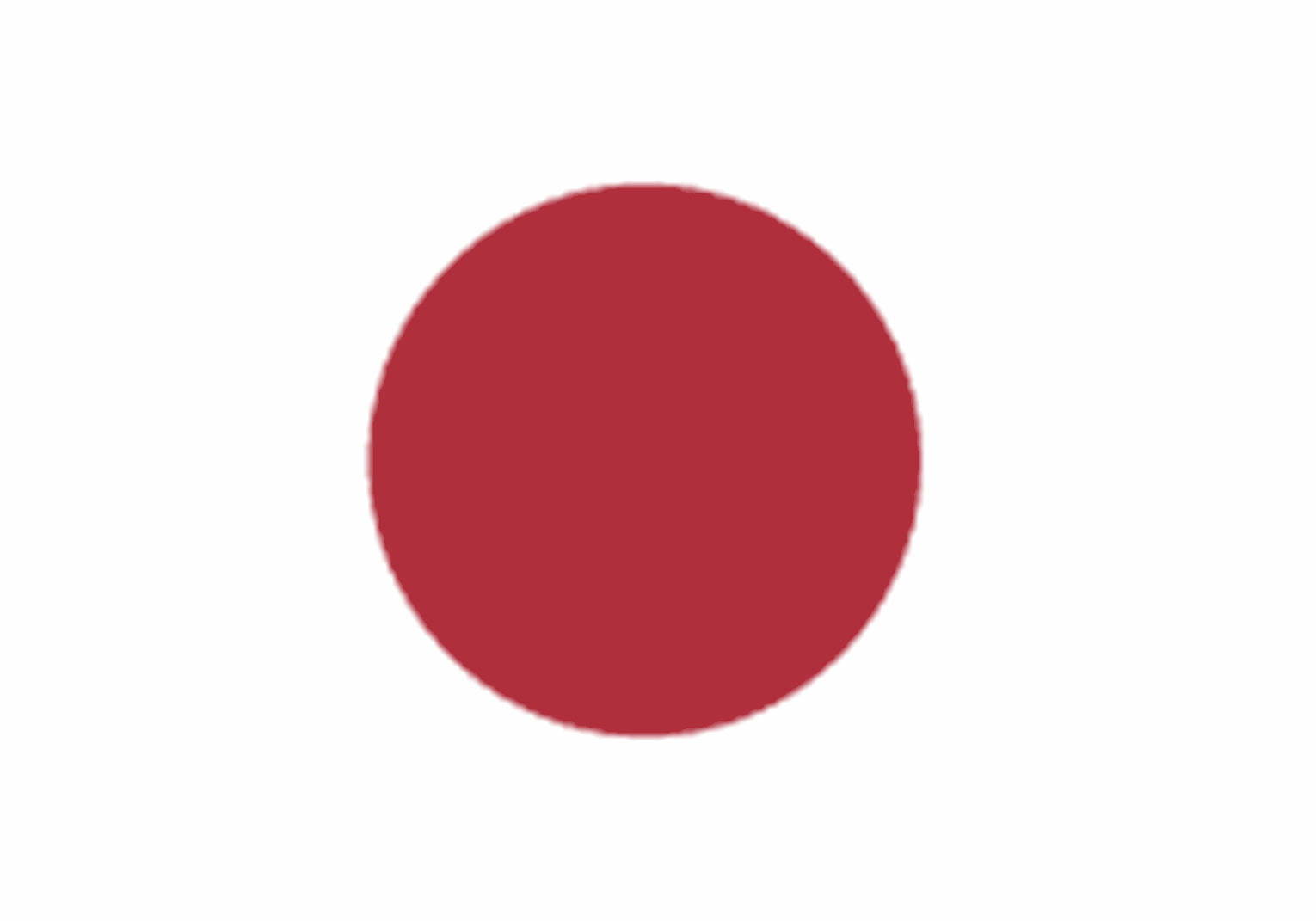
The Flag of the Japanese Occupation (1942 – 1943)
The Japanese relinquished control back to the Philippines in 1943. The bicolour flag was reinstated with a redesigned bronze eight-ray sun and stars. The official flag adopted after the second republic was brought back with a lighter gold sun/star and a darker more American blue band.
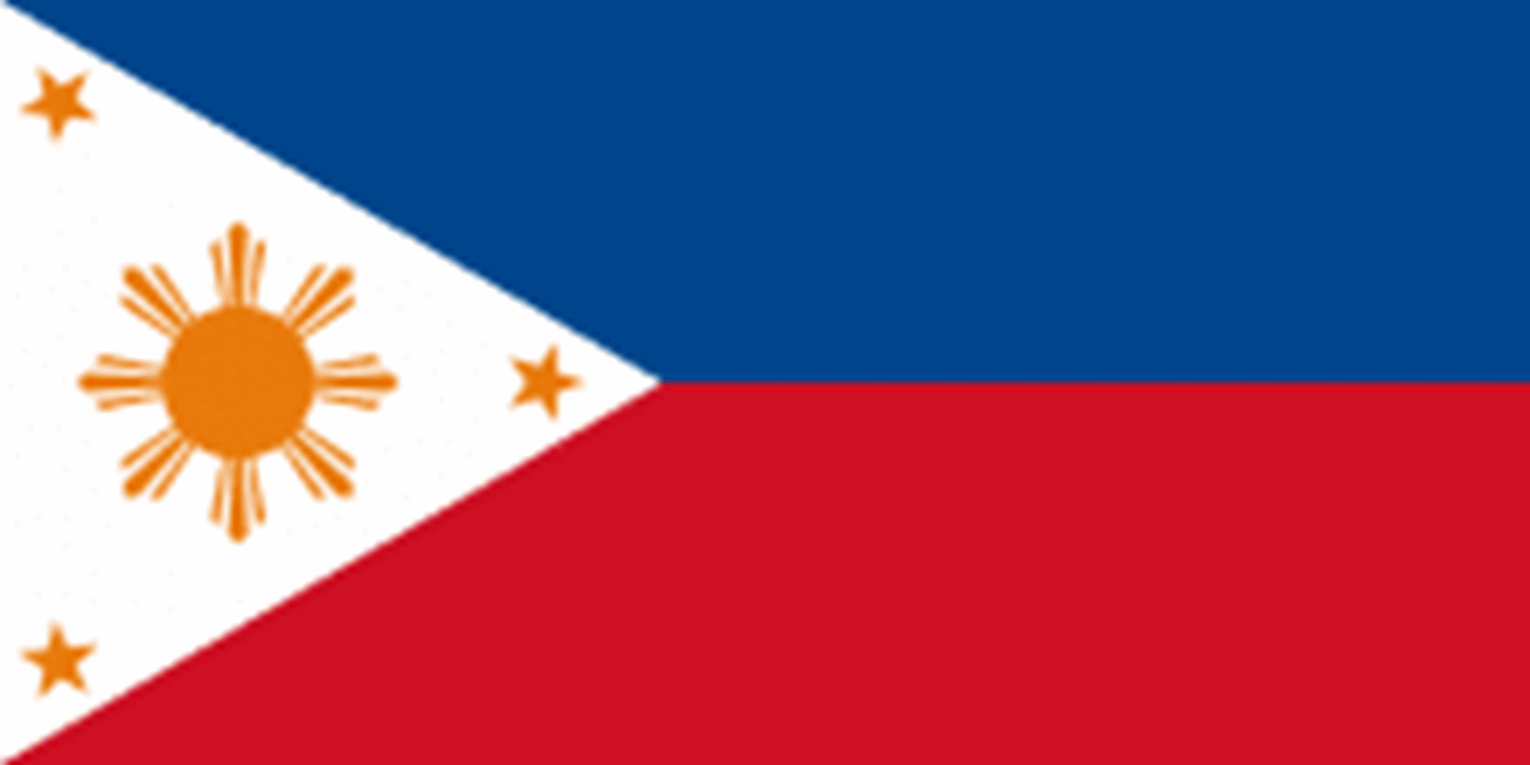
The Inauguration Flag of the Second Republic of the Philippines (1943)

The Flag of the Second Republic of the Philippines (1946 – 1985) (1986 – 1998)
After a debate on what colour the original flag was in 1985 the flags blue band was changed to a sky blue. A people’s power revolution lead to the reinstatement of the flag of the Second republic with a darker blue banner. In 1998 the colour of the top band was changed to royal blue.
The white triangle on the flag represents the secret society called the Katipunan who were opposed to the Spanish Rule, the blue and red commemorate the United States of America and the sun represents progress.

The Flag of the Philippines (1985 – 1986)
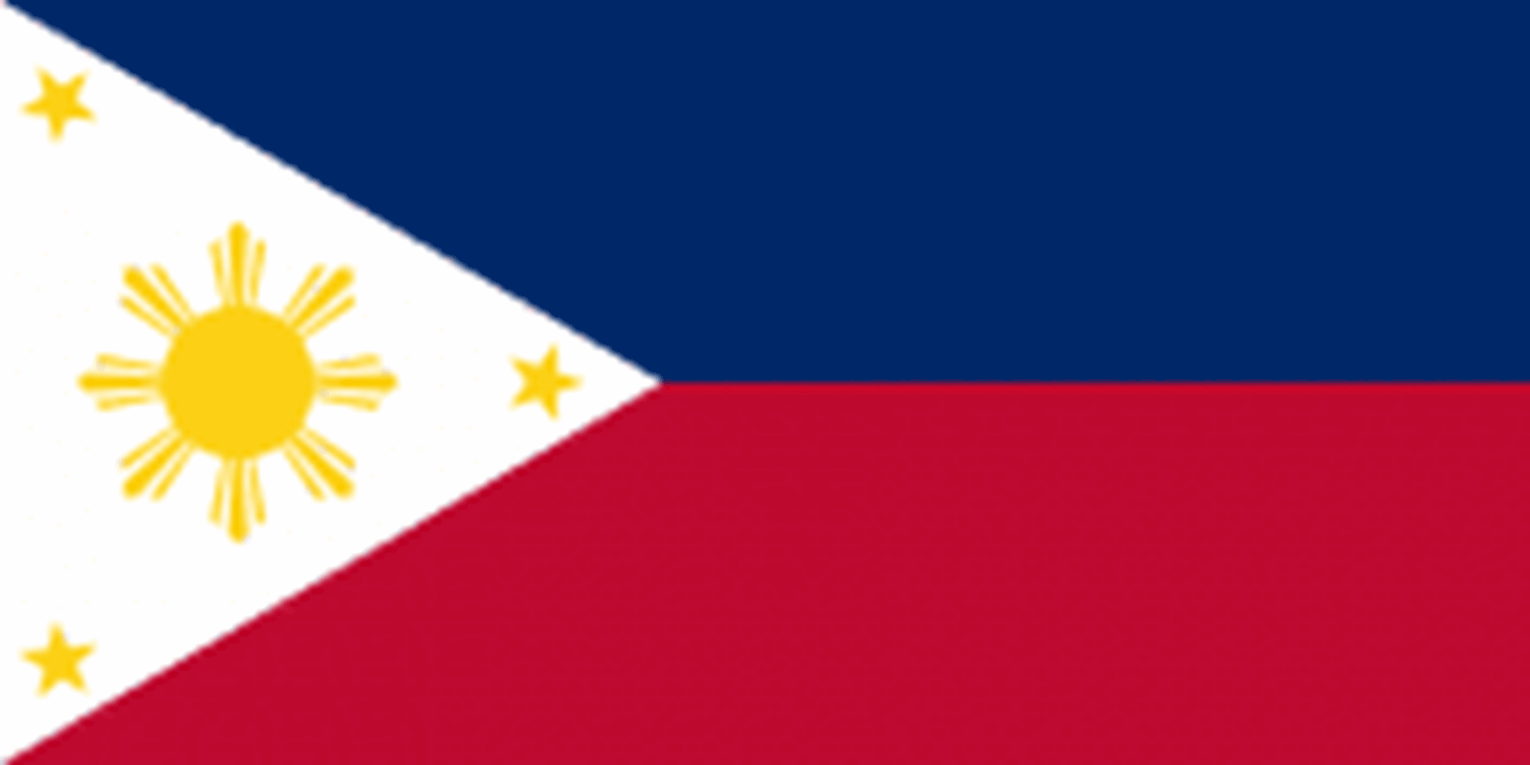
The Flag of the Philippines (1998 to Present Day)
The Coat of Arms of the Philippines
The modern coat of arms was adopted in 1998. It features a shield split into five parts, the centre oval has the eight-ray sun, the upper portion has the three yellow stars and the lower left is blue with an American eagle and the right portion is red with a Spanish lion. There is an unofficial version of the Coat of Arms passed in 1998 that had the colonial charges removed.
The Great Seal of the Philippines
The Great Seal of the Philippines is the national coat of arms surrounded by a white-bordered white disc.

The Flags of the Government of Philippines
The Flag of the President of the Philippines was adopted in 2004. It features a plain blue field with a circle of star for every province and the Seal of the president in the centre. The flag of the Vice President of the Philippines is a plain white field with the Seal of the President at the centre.
The Ensign of the Philippines customs is a blue-white alternative vertical flag with white rectangle and golden sea lion holding a sword.
The Flags of the Government of Philippines
When the country is at war the national flag is flipped upside down so the red band is facing upward. This is the war flag. The naval jack of the Philippines. The Naval Jack of the Philippines is a plain blue field with eight-ray sun and three five-pointed stars.
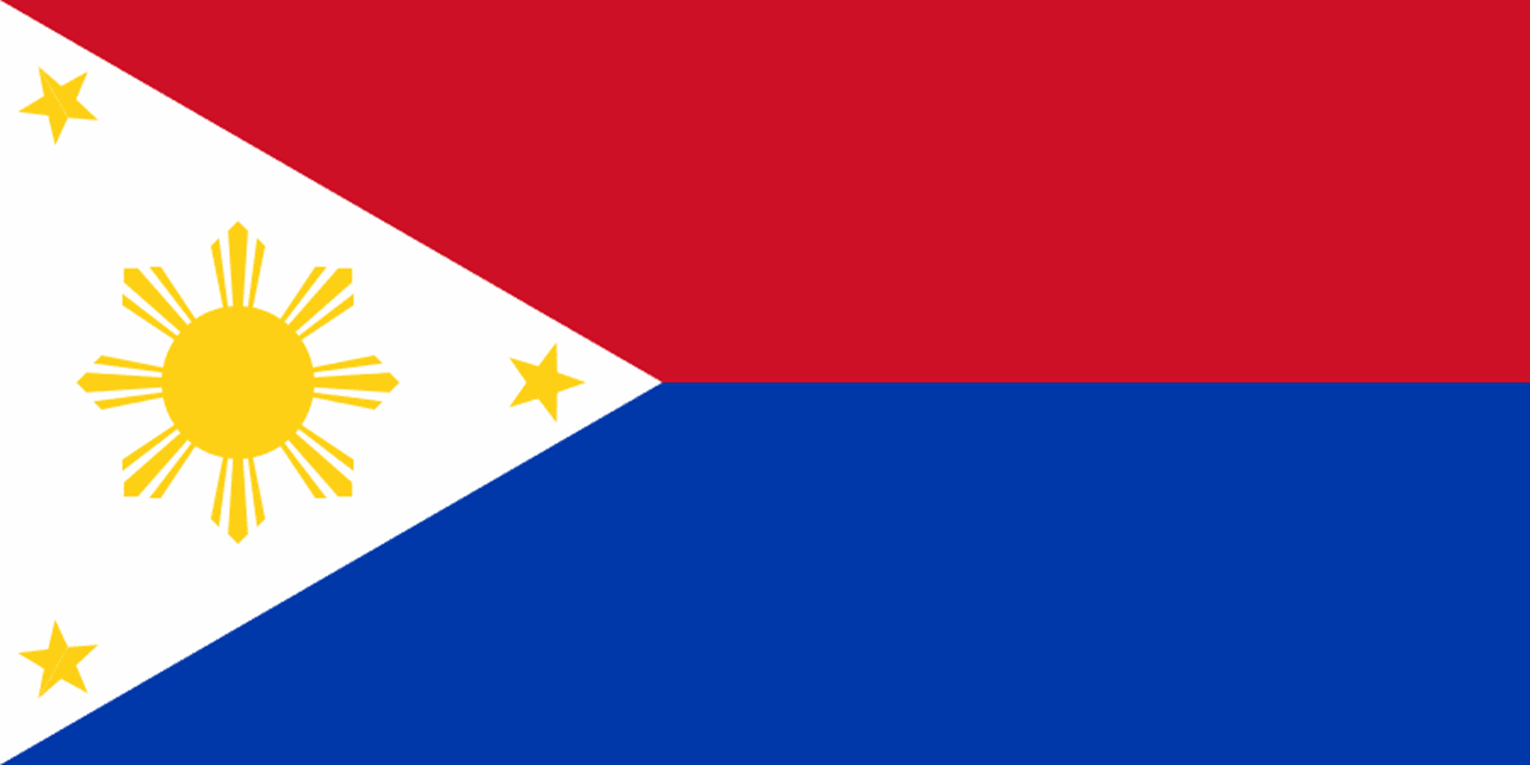
The War Flag of the Philippines
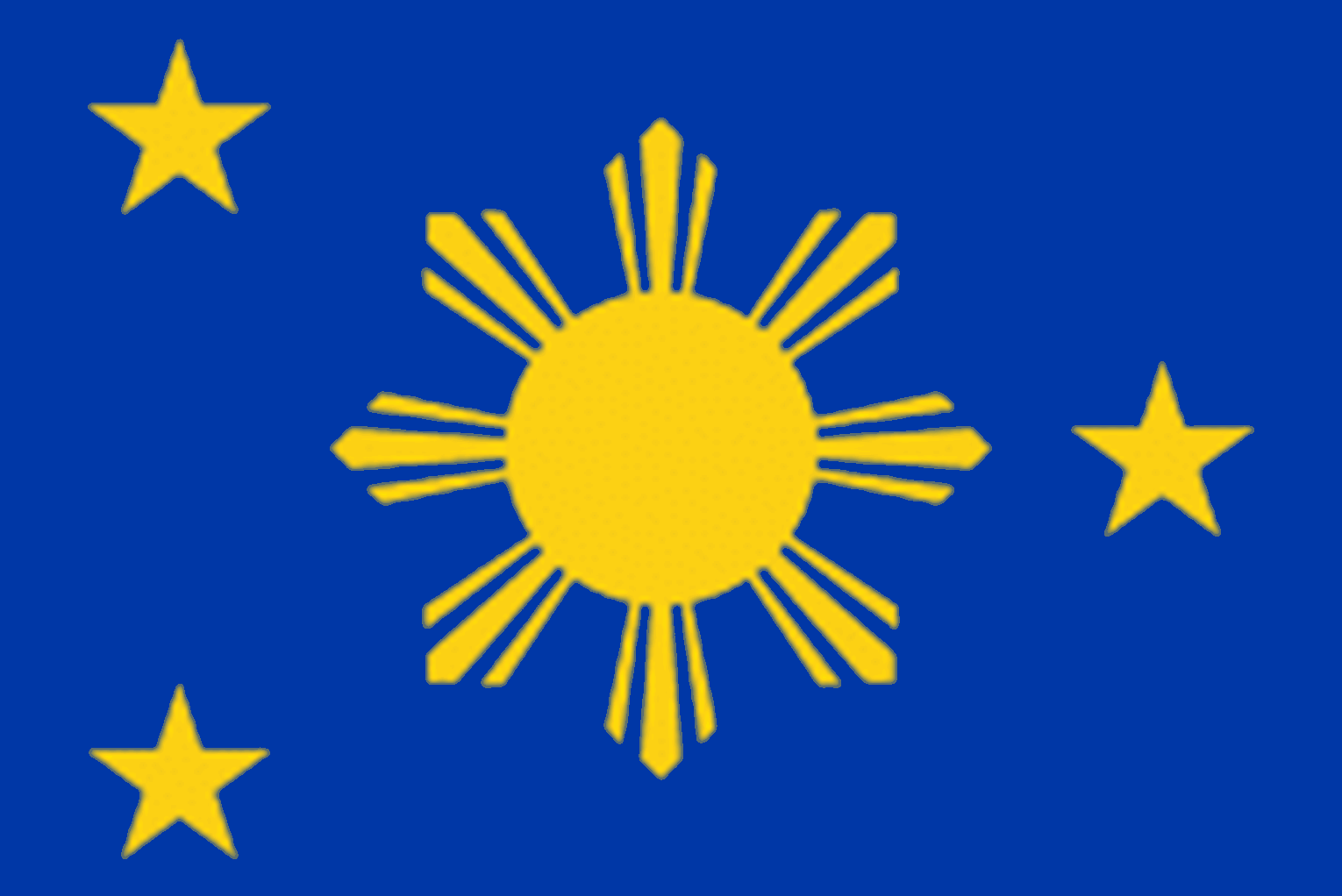
The Naval Jack of the Philippines
The Proposed Flags of the Philippines
In both 1998 and 2009 there was a proposition that a 9th ray should be added to the flag of the Philippines to represent Muslim and indigenous people. Another flag with an extra star and a a rectangular white field was adopted. In 1995 there was also the proposal to add a crescent moon to the flag and have the triangle in the centre.
The Flags of the Provinces of the Philippines
Every Province of Every Region of the Philippines has a Specific flag. Most are the local seal on a plain coloured field. Please find examples of those flags below.
The Historical Emblems of the Philippines
There have been many emblems of the Philippines over the years. The first was the Coat of Arms of Spanish East Indies. These were the arms of the Spanish sovereign and included a crowned shield split into four parts featuring castles and lions. In the early 20th Century the coat of arms of Manila featured a crowned shield split into two parts, the top being a gold castle on a red background and the lower portion has a blue background with a silver sealion.
In 1899 a red triangle with faced sun and three five-pointed stars was adopted as the First Philippines Republic.
During the time of the Philippines being an American Colony the shield included the golden eagle and part of the coat of arms of Manila.
In 1943 a triangular emblem with the eight-rayed sun was adopted and eventually a Japanese produced coat of arms was chosen featuring a shield with the sun in a white triangle in front of a red and blue bicolour with a top white band with three gold stars.
Useful Links
Download Our Brochure
Download our electronic brochure to check out the full range of products we can supply you with.
Download NowContact Us
See a flag you like? We can manufacture any flag design in any size, speak to one of our experts to find out more.
Contact Us
